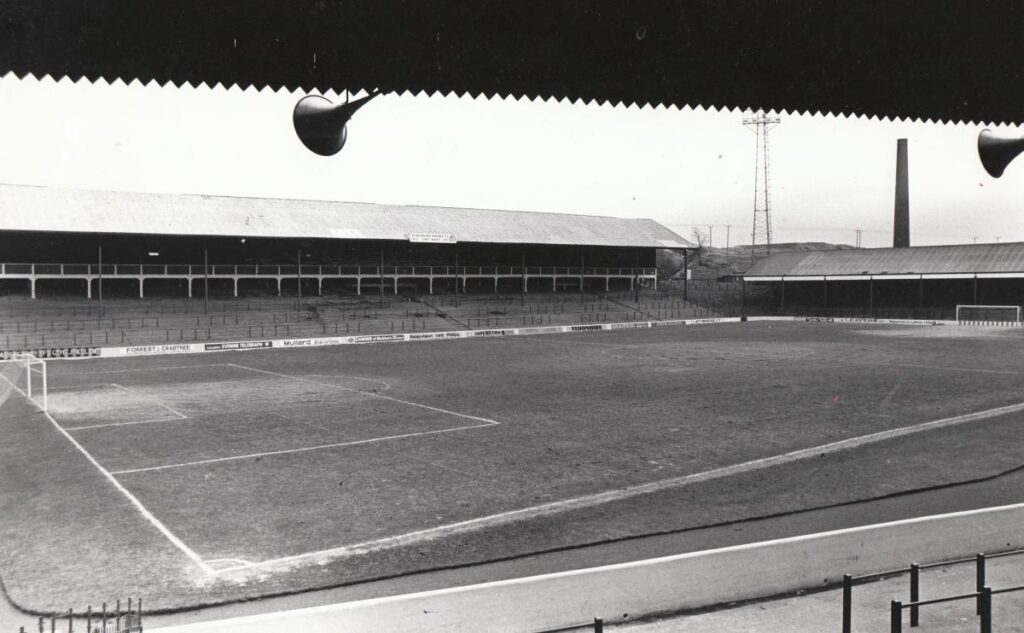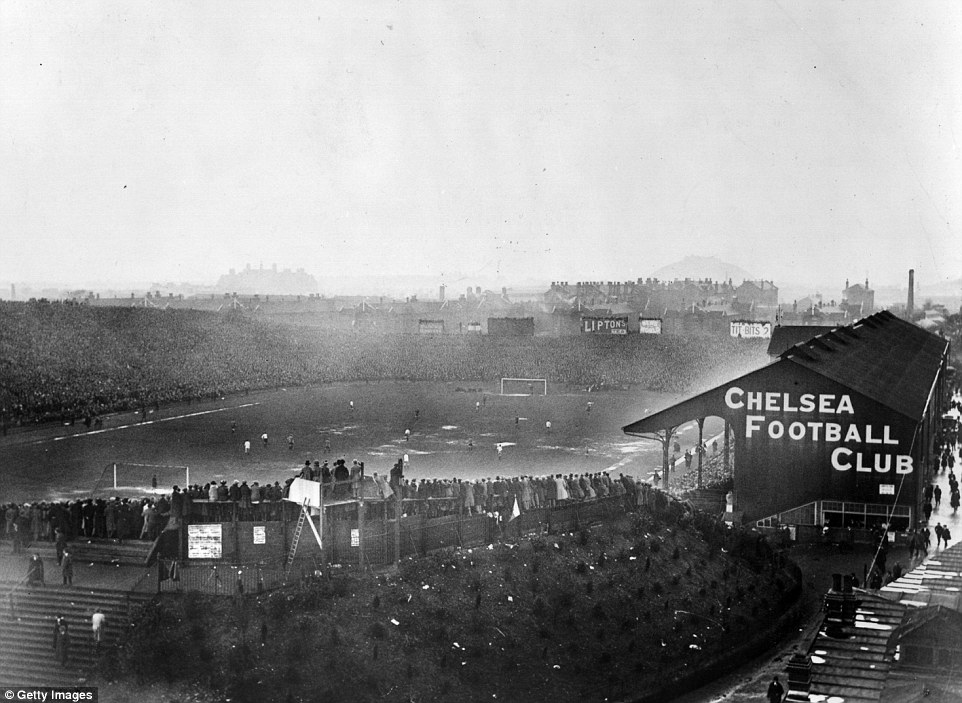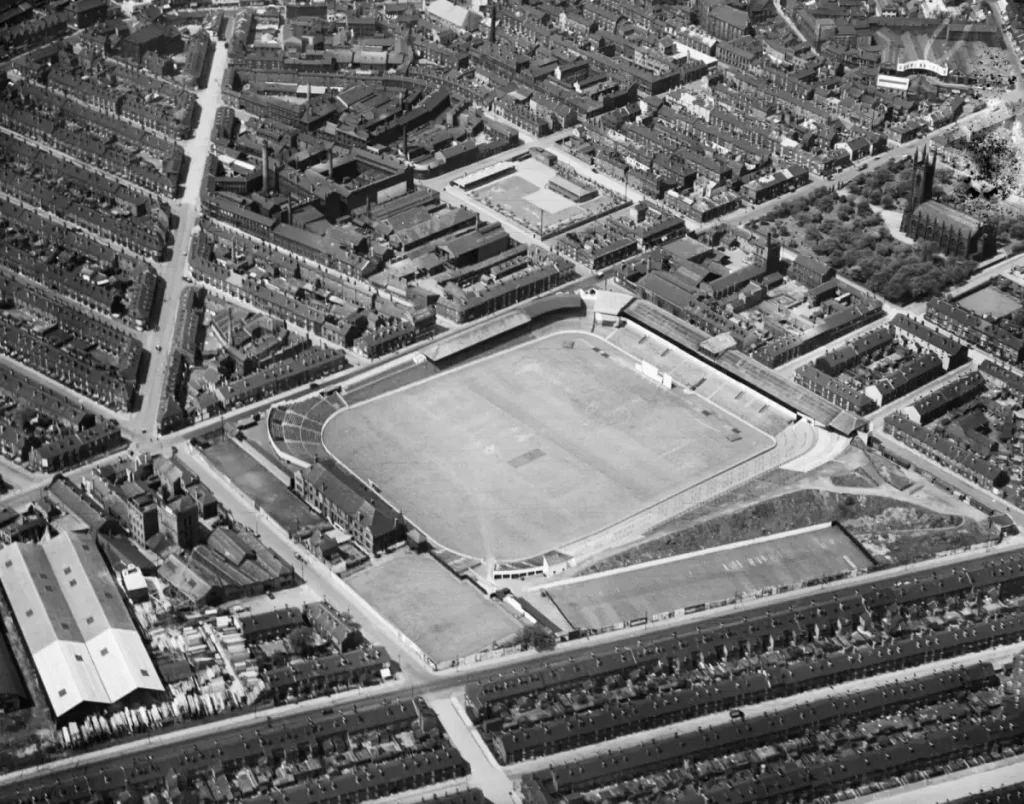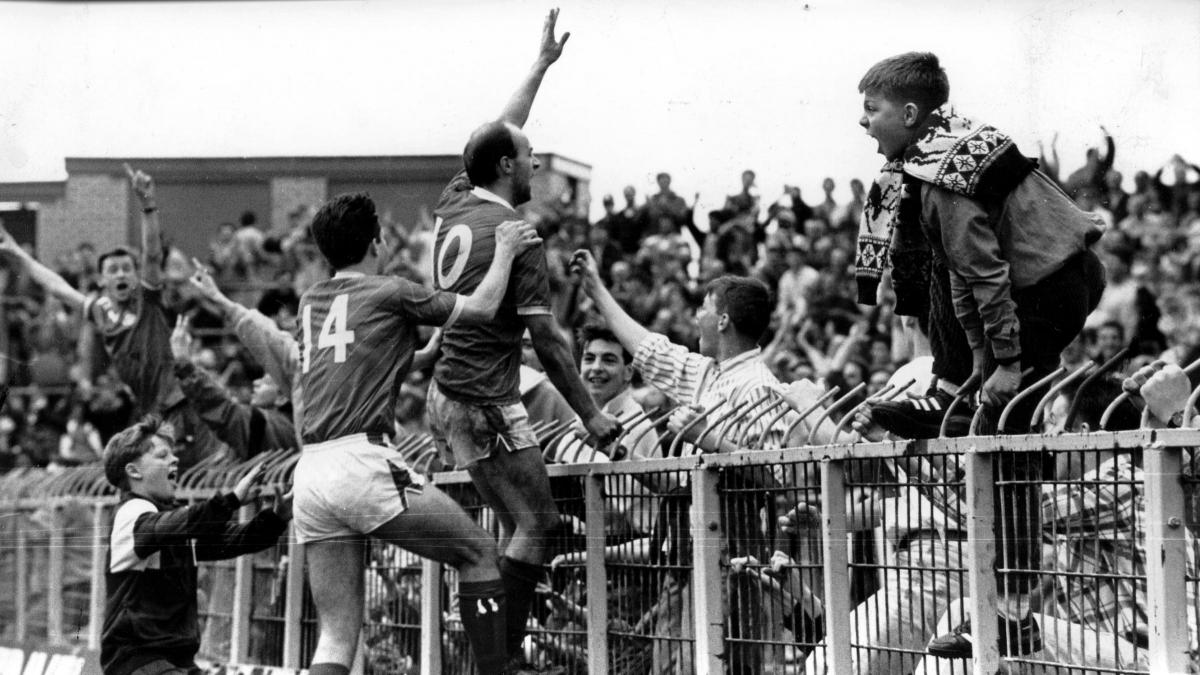Multibillion pound football stadiums are common sight across the UK’s professional football leagues. But whilst these new grounds boast incredible views and facilities, they often lack the character and atmosphere from the grounds that they replace. There really is no substitute for an old-fashioned football stadium. Despite the growing number of clubs to relocate, the UK still plays home to some of the oldest football stadiums in the world. Grounds where legends were born, and rivalries ignited.
In this latest edition of The Edit, we’ll embark on a journey through time, exploring and counting down the 10 oldest football stadiums in the UK, each with its own unique story to tell.
A journey through time
1. Anfield, Liverpool (1884)
First on our list is Anfield, one of the most iconic venues in English football. Unknown to some is that it used to be the home of Everton between 1884 and 1891 before they later moved to Goodison Park. Since then it has been the home of Liverpool after their formation in 1982. Anfield has seen some of the greatest players to ever play the game, with the Spion Kop arguably serving up one of the best atmospheres in the football league. What a great place to start on our journey through time!
2. Turf Moor, Burnley (1883)
Next on our list is Turf Moor, which has been the home to Burnley Football Club since 1883. Sport has been played at the Turf Moor site since 1843, when Burnley Cricket Club made the area their home. In 1883, they invited Burnley FC to use a pitch adjacent to the cricket field, and in 1985 the first grandstand was built. In 1986, Turf Moor became the first football ground to be visited by a member of the Royal Family, when Prince Albert Victor attended a friendly against Bolton Wanderers.
3. Ewood Park, Blackburn (1882)
Football has been played on the site of Ewood Park since at least 1881. Blackburn Rovers, founding members of the Football League, played four games there, including a friendly against Sheffield Wednesday. In 1882, Ewood Park was opened and staged football, athletics, and greyhound racing before Rovers moved back in 1890. Blackburn have played their home games there ever since, including the 1994/95 season when they won the Premier League.

Source: https://www.lancashiretelegraph.co.uk/
4. Deepdale, Preston (1878)
Some claim that Deepdale is the oldest active stadium in the Football League. It has been home to Preston North End, another of the founding members of the Football League, since 1878. Some of our other stadiums to come weren’t home to their current team until after this date. In the inaugural season of the Football league, Preston won both the league title and the FA Cup. They were the first team to achieve the domestic double in English football and are remembered as the original ‘Invincibles’ after going the entire campaign unbeaten.
5. Rodney Parade, Newport (1877)
Rodney Parade features on our list despite being a rugby stadium for much of its lifetime. Built in 1877, Newport RFC played their first game there just a few years later. It wasn’t until 2012 that Newport County moved from Newport Stadium to play its home fixtures at Rodney Parade. With Newport County in residence, Rodney Parade is one of the oldest sports venues in the English Football League. With so much history, it’s good to see there is still life in the ground yet!
6. Stamford Bridge, Chelsea (1877)
Opened in 1877, the stadium was originally used by the London Athletic Club. In 1905 Chelsea Football Club were formed and moved in to occupy the ground. They have played their home games at The Bridge ever since. The ground has undergone major changes over the years, most recently in the 1990s when it was renovated into a modern, all-seater stadium. With further plans to expand the stadium, Stamford Bridge looks set to retain its rich history for a long time to come.

Source: https://www.dailymail.co.uk/
7. Tannadice Park, Dundee (1870)
Scotland makes its mark on our list with Tannadice Park. Originally known as Clepington Park, the ground was first used for football in the 1870s. In 1909 a new club, Dundee Hibernian, was formed. Rather than building a new ground, the club controversially approached the landlord of Clepington Park to secure the ready-made venue. Located just 180 meters from Dens Park, home of city rivals Dundee, the two grounds are the closest football stadiums in the UK.
8. Field Mill, Mansfield (1861)
Mansfield Town’s Field Mill is the oldest professional ground in the Football League. It has been used as a football ground since 1861, making it the longest serving football ground in our list. The first grandstand was built in 1922 along the west side of the ground, with the other three sides all completed by 1926. In 1929, using money from their cup run of the previous year, a covered stand was built on the Bishop Street side of the ground.
9. Bramall Lane, Sheffield (1855)
Sheffield lays claim to another historical gem. The ground has played host to some of football’s most significant matches, including the final of the world’s first tournament, the Youdan Cup, in 1867. Despite being used by The Wednesday F.C, later renamed Sheffield Wednesday, it is now the home of Sheffield United. The Blades have played their home games at Bramall Lane since the club’s establishment in 1889.

Source: https://heritagecalling.com/
10. The Racecourse Ground, Wrexham (1801)
Our journey concludes in Wrexham, North Wales, with The Raceground Ground. Built in 1801, The Racecourse Ground holds the distinction of being the oldest football stadium that still hosts international football matches. Originally built for horse racing and cricket, it wasn’t until 1864 that the stadium was used to host football matches. With Wrexham making a climb back up the Football League, it might be a good time to go and watch a game in the UKs oldest football stadium.
More than just football.
Our exploration of the UKs 10 oldest football stadiums has been a journey through time. These grounds are more than just a place to watch football. They are cultural landmarks and the stages upon which generations of footballing stories have been told. Our hallowed grounds have witnessed the evolution of the English game, from its humble beginnings to the global phenomena that it is today.
As more clubs move to modern, purpose-built, stadiums, it’s important that we cherish our few remaining historic venues. There really isn’t anything better than watching football in a ground steeped in footballing history.
Shop our football collection
All our products are made from high-quality materials that are both comfortable and long-lasting. Our embroidered designs are carefully crafted using the latest techniques and highest quality materials to ensure that they remain durable and eye-catching, even after multiple washes.
Celebrate your own football superstar with our collection of t-shirts. Match winning moments, iconic celebrations, cult heroes. With The Terrace Apparel you can wear the moment.
This post was a guest post by Clifton Clothing, suppliers of custom apparel and promotions.



